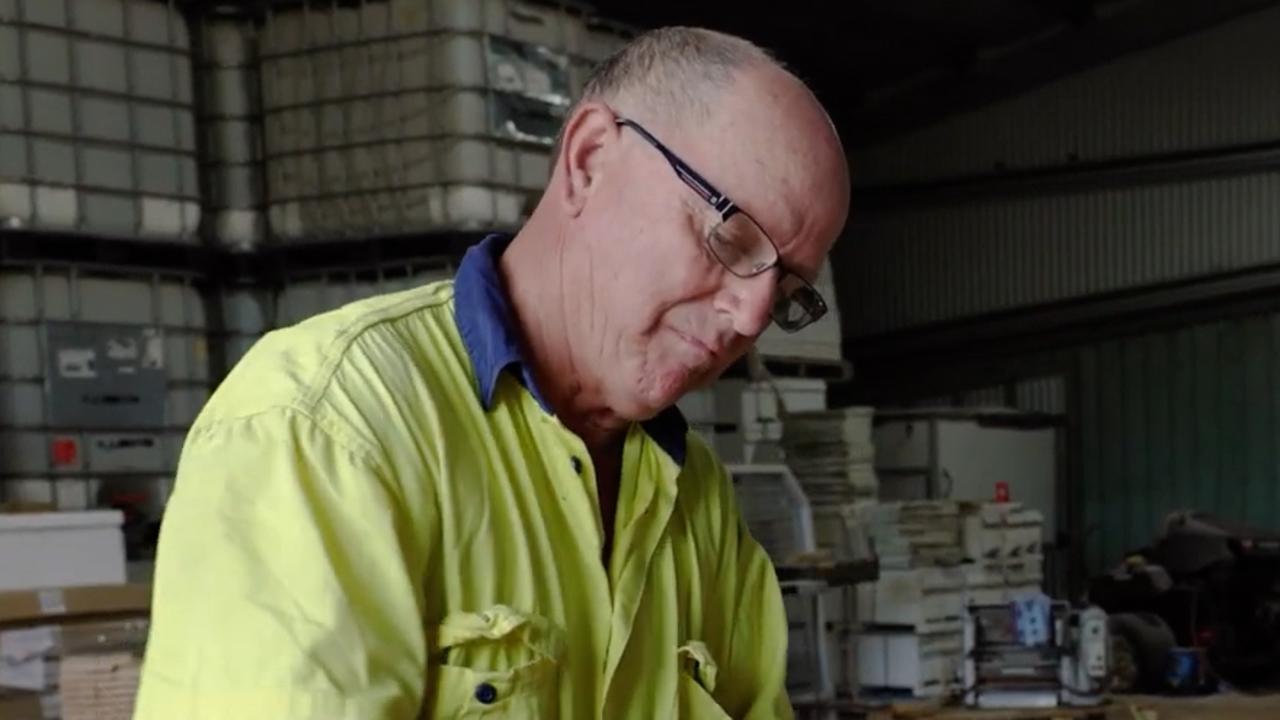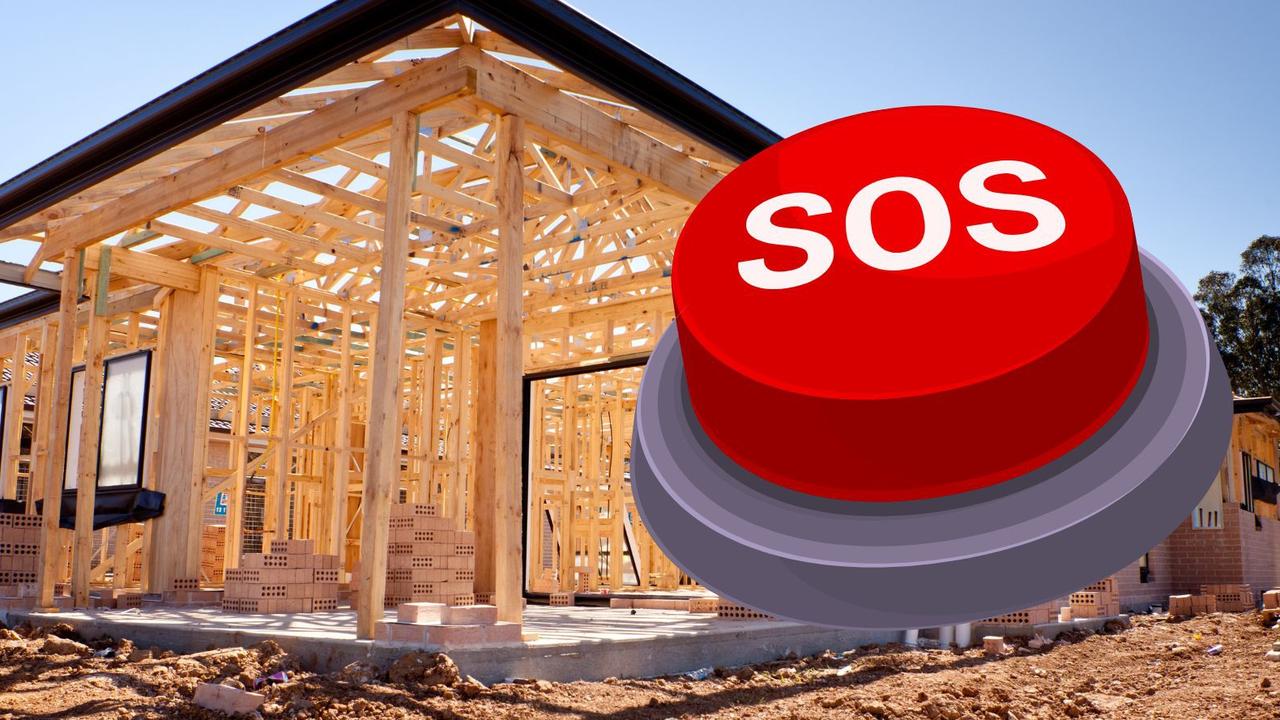Northern NSW rehab centre weighs in on whether the region is experiencing a spike in cocaine use and addiction
This expensive drug was popular in the 1970s with the rich and the famous. But now it’s back on our streets in a big way, and having a huge impact on our community.
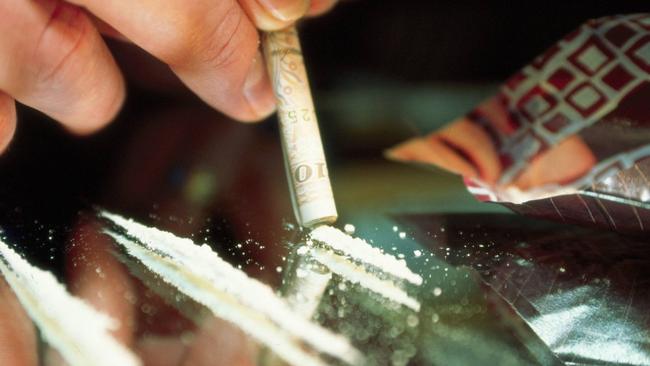
Byron Shire
Don't miss out on the headlines from Byron Shire. Followed categories will be added to My News.
One in four people calling the intake line of a prominent Northern Rivers rehab organisation are identifying cocaine as their main substance of concern.
The Buttery’s acting CEO, Frances Pidcock, said the organisation had seen increased rates of clients reporting this drug as a problem.
The revelation comes after a man was charged this week when police allegedly found more than $2 million worth of cocaine in a vehicle near Bangalow.
The accused will face court on Monday.
Cocaine-related charges are common in Byron Bay Local Court and in sentencing one man in April, magistrate Karen Stafford made the observation these offences had increased in the local area.
“Cocaine, in this community, has become rife in the last couple of years,” Ms Stafford said.
She told that man she had to take into account the drug’s “prevalence in this community” in her decision-making.
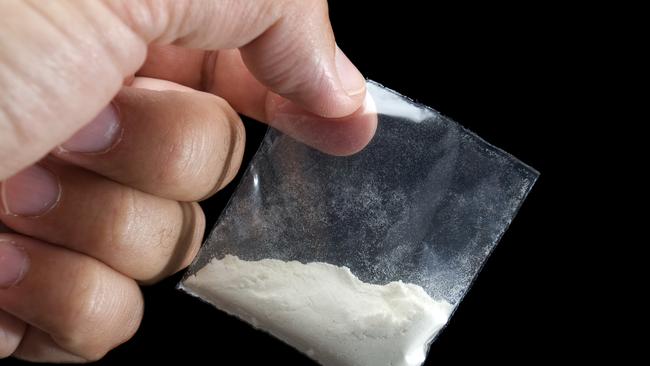
“I don’t know why it’s become so popular again decades after its initial popularity but … it’s circulated in Byron and other areas of the Byron Shire in a way that makes general deterrence a significant factor,” Ms Stafford said.
Of course not everyone who uses, or develops an addiction to, cocaine will come into contact with the criminal justice system.
Ms Pidcock stressed it’s not the most problematic substance for The Buttery’s clients overall; the most challenging drug is a legal one.
“Across every single program we have at The Buttery, outreach programs, residential rehabilitation and private programs, alcohol is by far and wide … the primary reason people seek help,” she said.
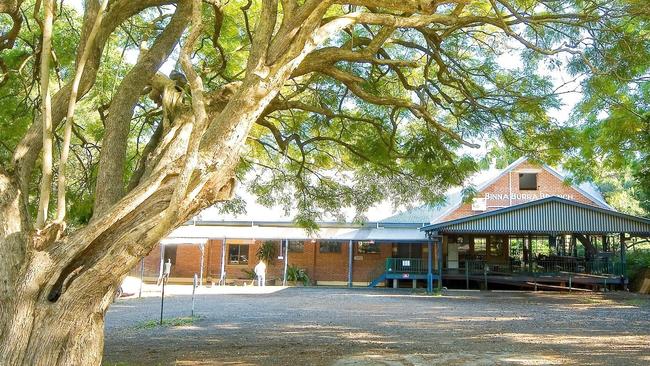
About 70 per cent of people who go through their programs report poly-substance misuse, meaning they’re troubled by more than one drug.
“That can even be tobacco or alcohol or another stimulant as well,” she said.
Those connecting with The Buttery Private – the organisation’s social enterprise branch which channels its profits back into the public programs – have a higher likelihood of listing cocaine as their primary substance of concern whereas in their public programs, cocaine falls much further down the list after alcohol, cannabis, methamphetamines and opioids.
This comes as no surprise as cocaine, made high-end by its almost exclusively South American manufacture, had a street value estimated at almost $300 a gram based on the most recent local arrest.
Although The Buttery has had more people identifying cocaine as their main concern, it’s unclear whether there is more substance misuse in the community, or if more of those affected are asking for help.
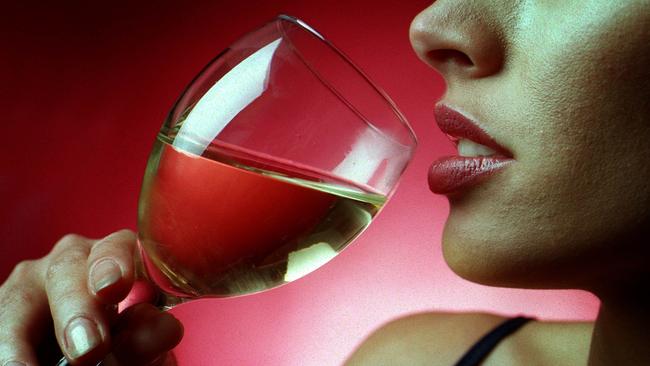
“There’s two different ways you can read into that; are more people using and requiring help or are early intervention and prevention programs the government has rolled out, are they actually working?” Ms Pidcock said.
She said The Buttery had experienced a “significant and sustained increase in people reaching out for help” since Covid-19 struck and 70 per cent of residential clients are now coming from local Northern Rivers communities.
The good news, Ms Pidcock said, is substance addiction is “absolutely treatable” and The Buttery works on client-led treatment to achieve abstinence or harm minimisation.
She said the state and federal governments partnered with The Buttery a few years ago to allow them to case-manage people who are in recovery; this can help to keep them on track and to address underlying psychosocial problems, as well as supporting “family reunification”.
“It’s really beautiful because we’re able to help people wherever they’re at,” she said.
DO YOU NEED HELP?
- If you are struggling with substance misuse, phone The Buttery’s intake line on 02 6687 1111 for advice.
- If this story has raised issues for you, you can also phone Lifeline on 13 11 14 for crisis support.

